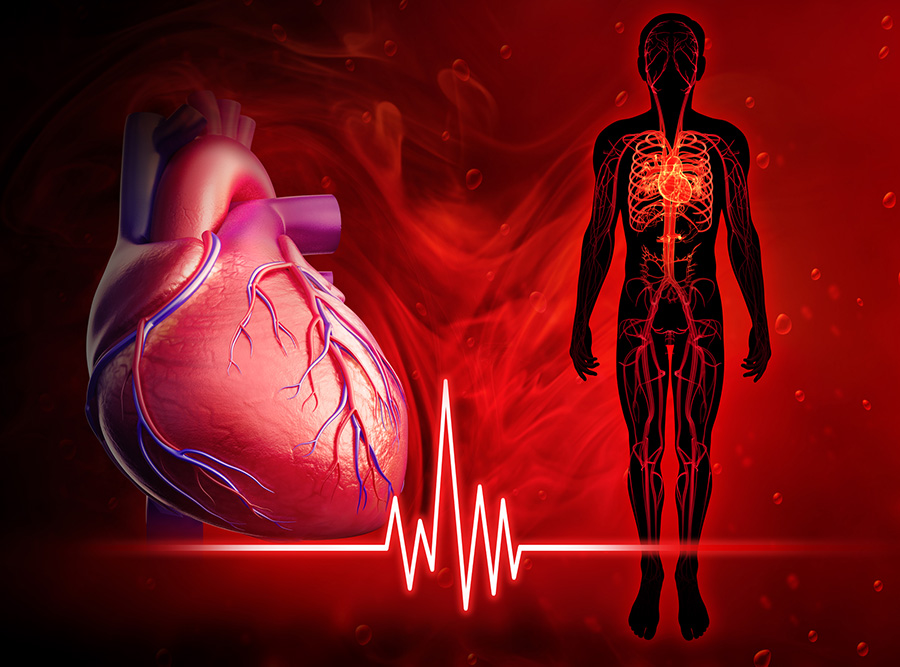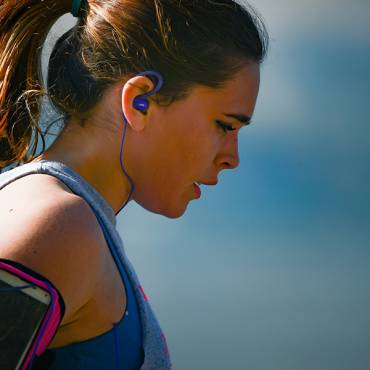Massage can be a powerful tool to help you take control of your health and wellbeing, but it was once only available through “premium” channels like luxury spas and upscale health clubs. Today, massage therapy is offered in clinics, hospitals, businesses and even airports, and offers a myriad of scientific benefits (in addition to mental health and wellness advantages) that can improve your body from the inside out.
Generally considered part of “integrative medicine,” massage is increasingly being offered along with standard treatment for a wide range of medical conditions and situations. The general benefits of massage include:
- Stress reduction and increased relaxation
- Pain, muscle soreness and tension reduction
- Circulation, energy and alertness improvement
- Heart rate and blood pressure lowering
- Immunity boosting
- Flexibility improvement
- Joint health improvement
In further exploring some of the points above, improved circulation through massage can help increase relaxation when relaxation is restricted for any number of reasons, including but certainly not limited to poor posture (which contributes to an increase in muscle tension and restricts movement).
If we were to attempt to visualize how posture is affected by massage, it would look something like this:
Massage stimulates an increase in blood flow around muscles within the body >> An increase in blood flow helps increase muscle temperature >> A rise in muscle temp improves the elasticity of muscle fibers, thus allowing an increase in range of movement and decrease in restriction >> Increasing tissue elasticity and decreasing restriction enables muscles to relax and posture to return to normal
Let’s now take a look at some of the more scientific connections massage has to modern day wellbeing practices.
Lymphatic and blood circulation are both improved during a massage, with improved lymphatic circulation helping to drain excess fluids and metabolic wastes that contribute to swelling and the prevention of healing (into the lymph flow). Once within the lymph flow, the excess fluids and metabolic wastes are pushed in the direction of glands to then be removed by the body. An improvement in blood circulation provides muscles with increased oxygen levels and essential nutrients that are utilized for the repair of damaged muscle fibers and cells.
In the end, improving lymphatic and blood circulation helps to decrease swelling, reduce pain and increase healing.
Beyond this, there are a myriad of physiological effects of massage that improve circulation, with the most common types being:
- Increased vasodilation
- Increased capillarisation
- Increased venous return
Vasodilation is the process of widening blood vessels and bringing them closer to the skin’s surface; as smooth muscles lining blood vessels relax, blood pressure is reduced and restriction is decreased. Decreasing blood pressure and restriction, in turn, allows an increased blood flow through the vessels, which then improves circulation as blood is transported around the body at a faster rate.
If you have been looking to have a circulatory massage performed to aid in healing, or to enhance the proper flow of blood through your body so you may relax specific muscles, call Thai Massage Albuquerque today at (505) 235-8032. We offer everything from Thai yoga massage and sports massage to deep tissue massage, lymph node stimulation, circulatory system improvement techniques to improve heart health and more. Discover for yourself why it’s often said that we offer the type of massage therapy Albuquerque deserves.



